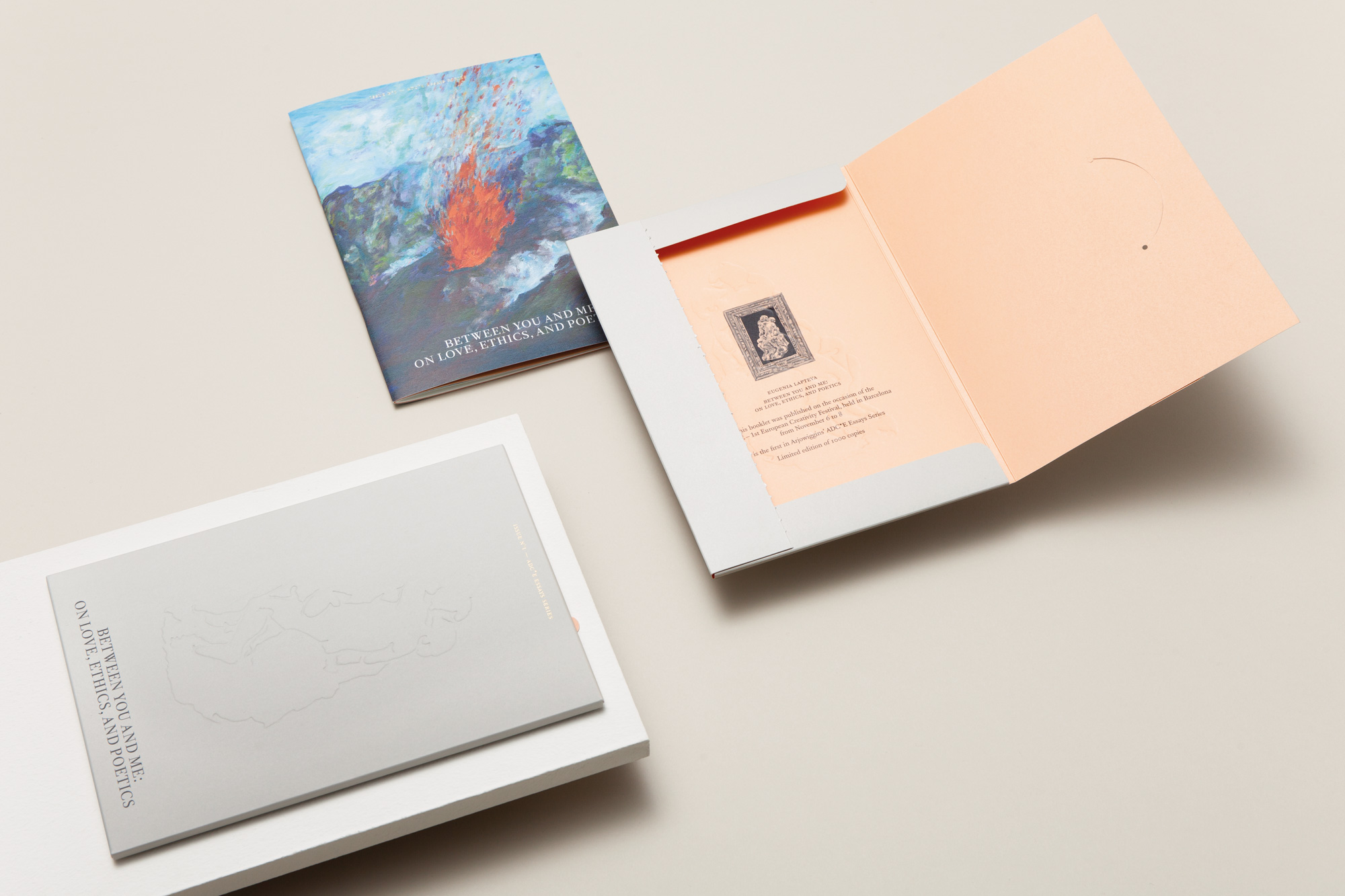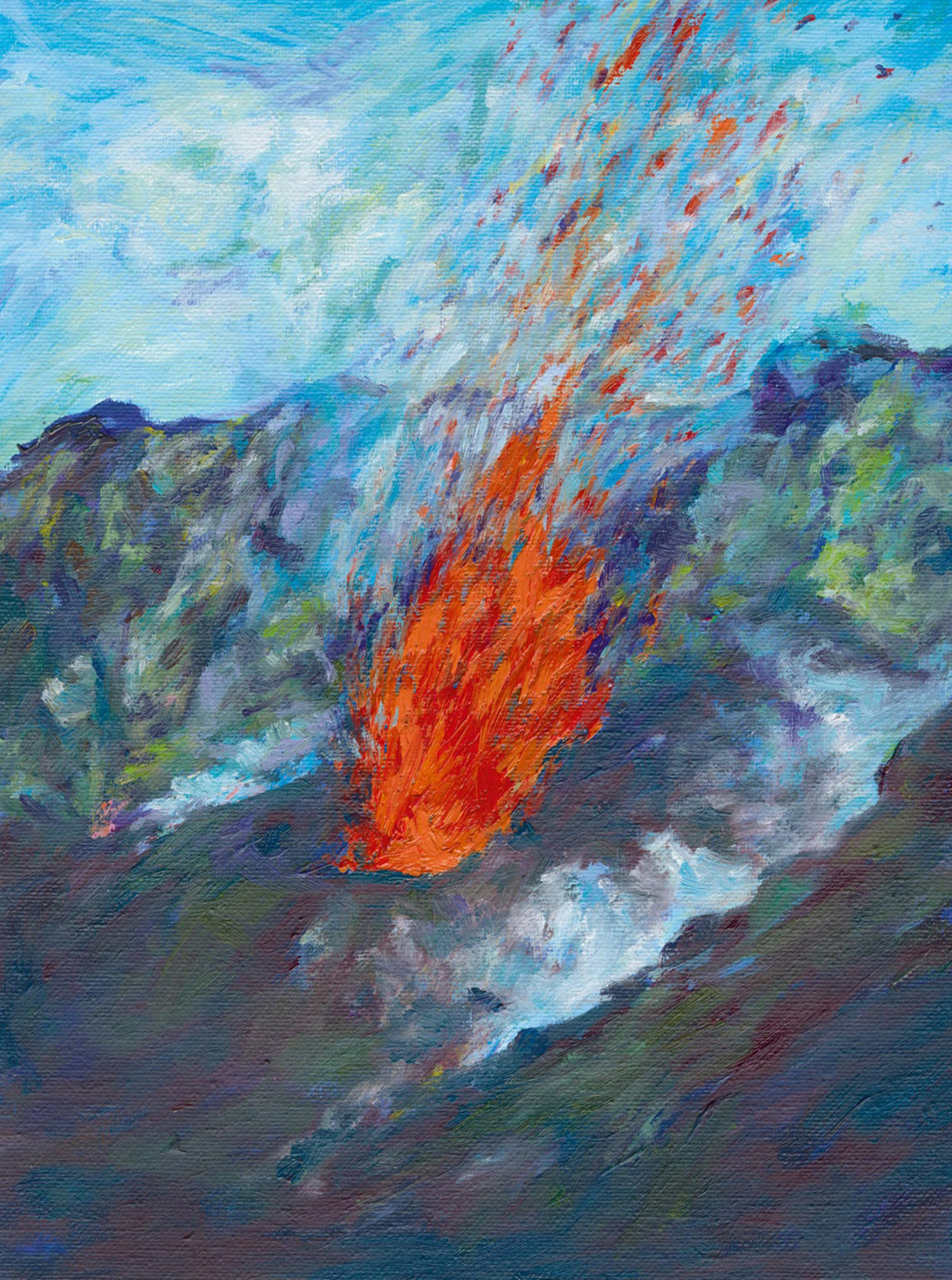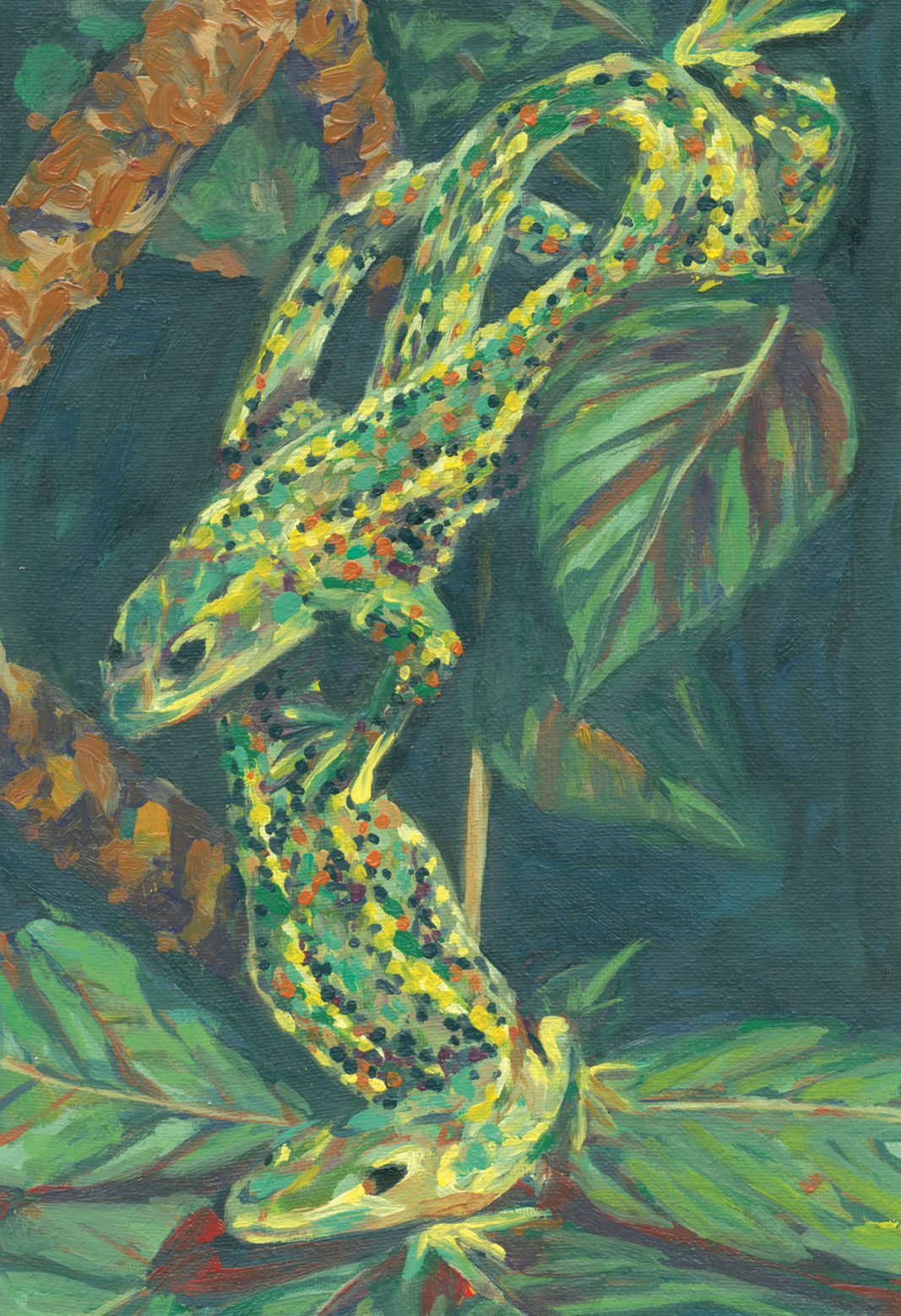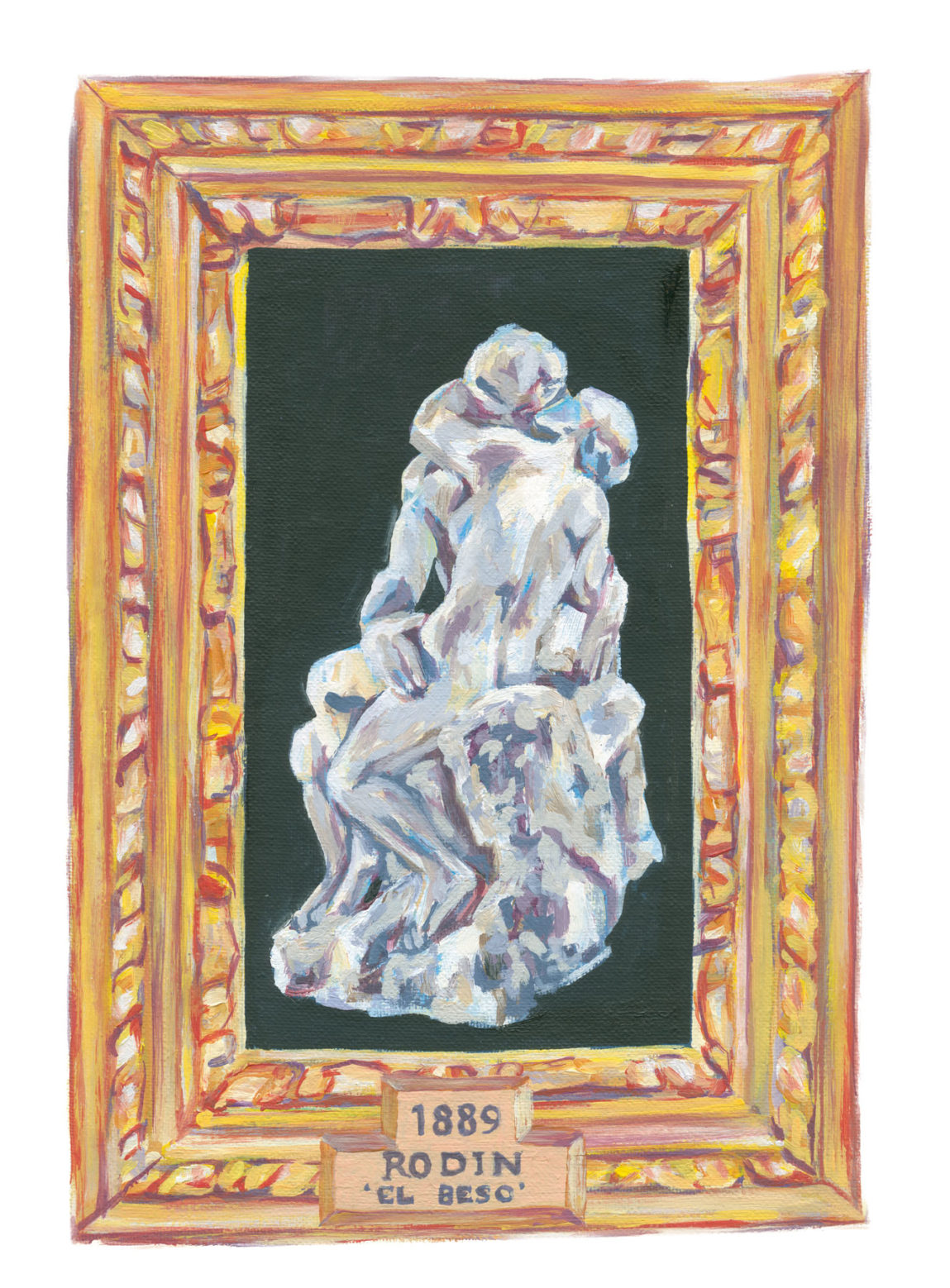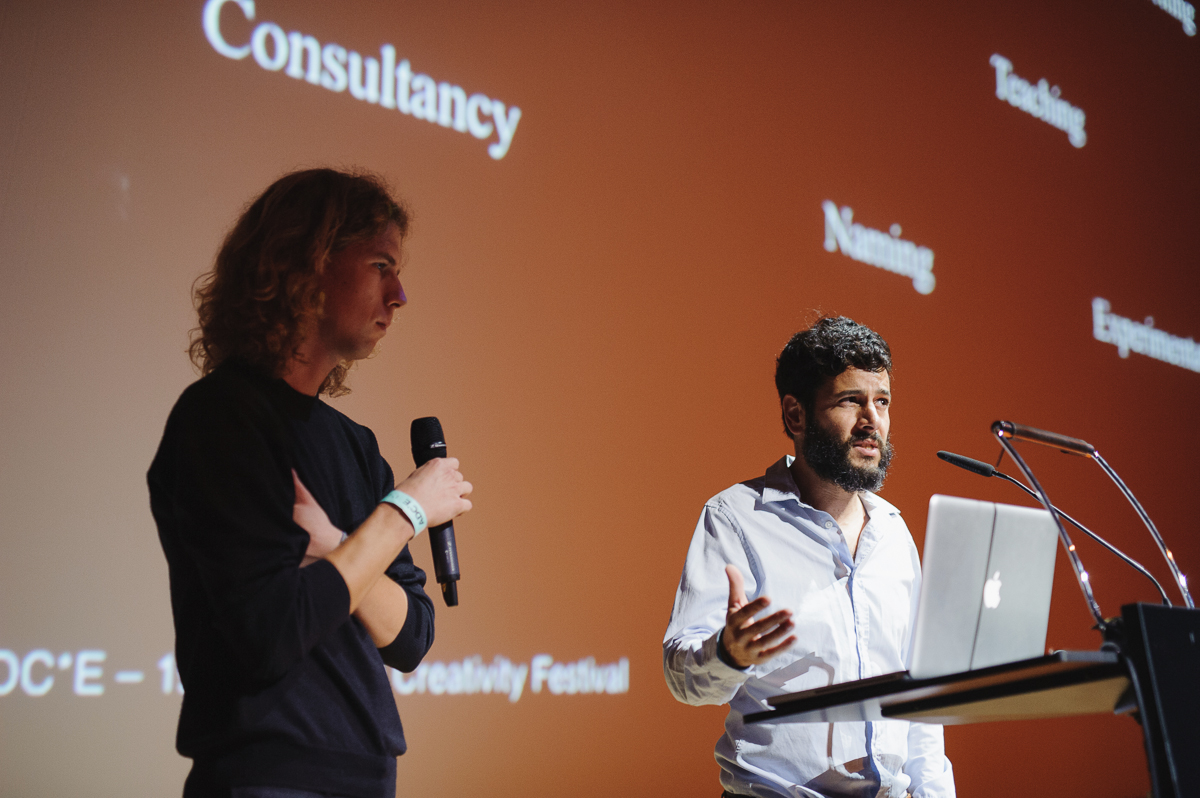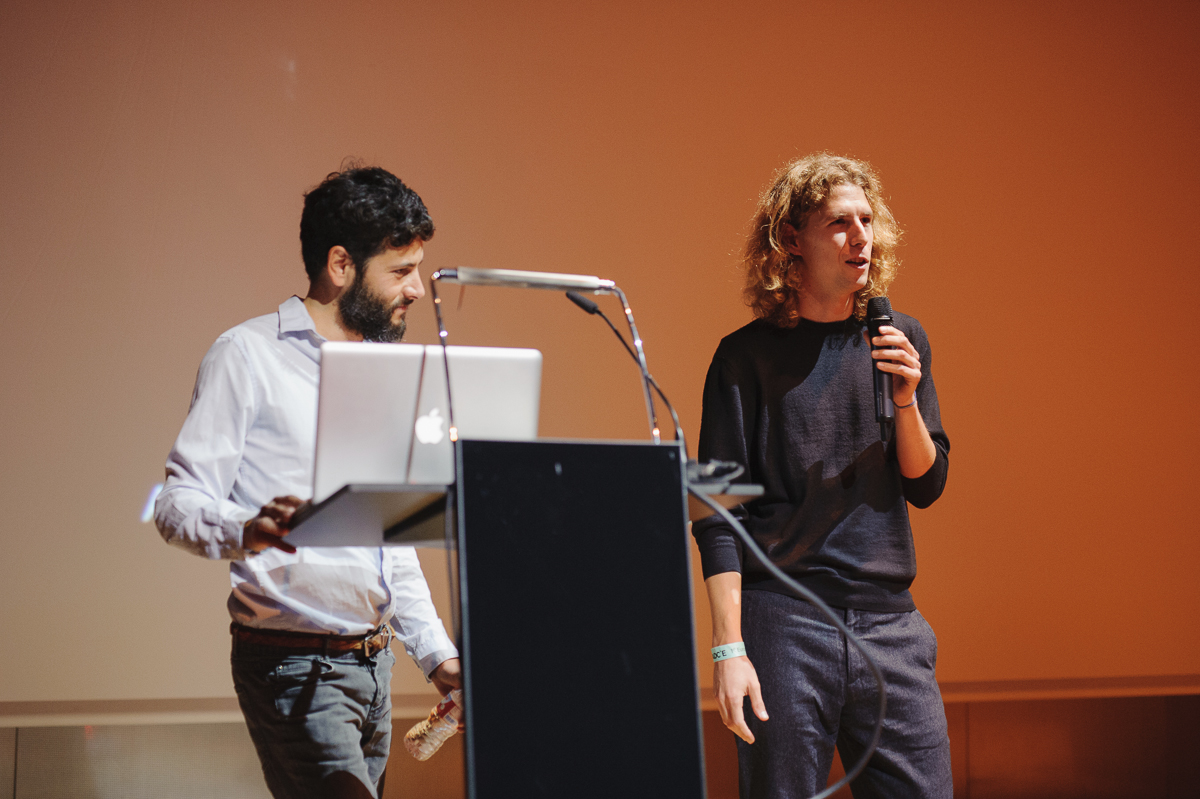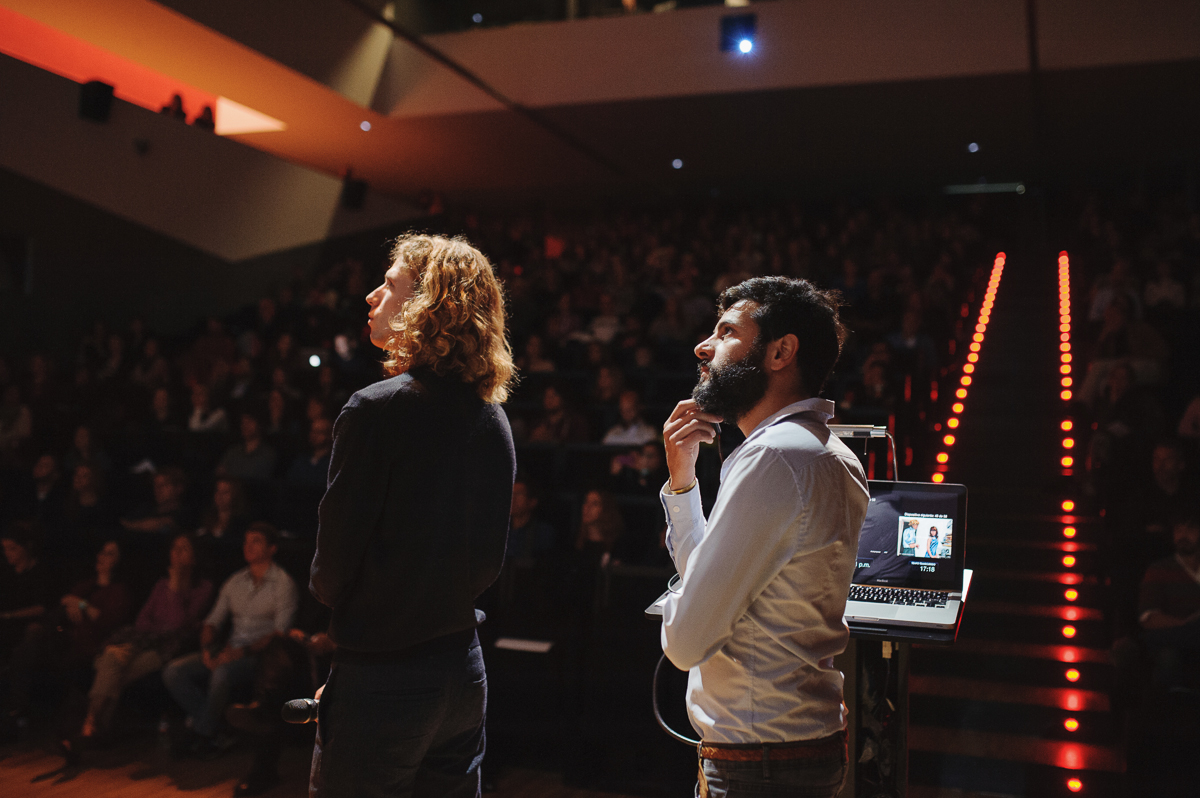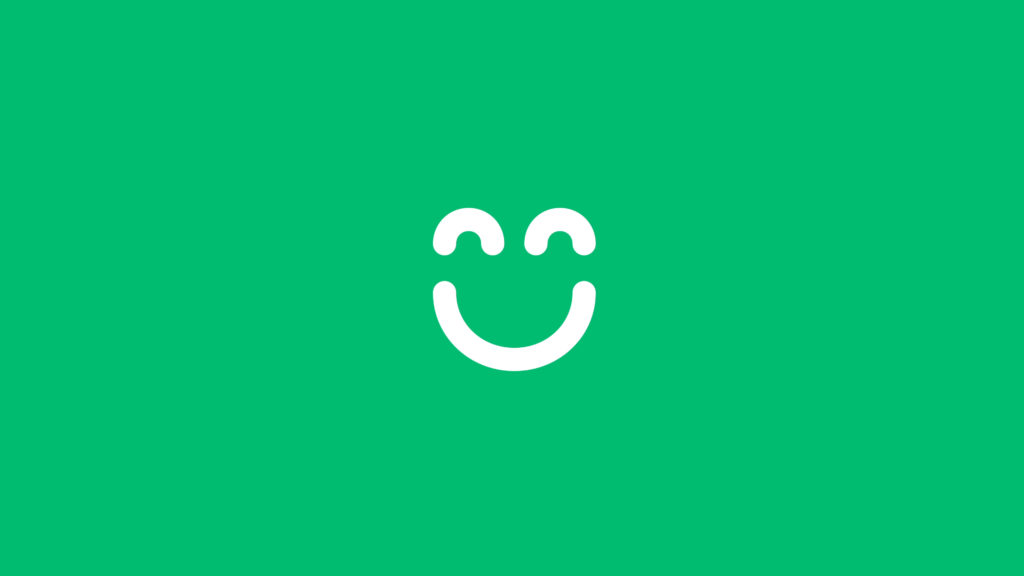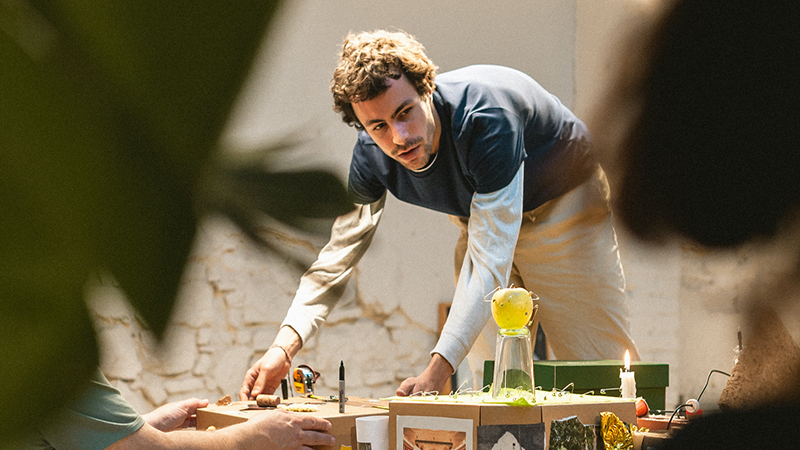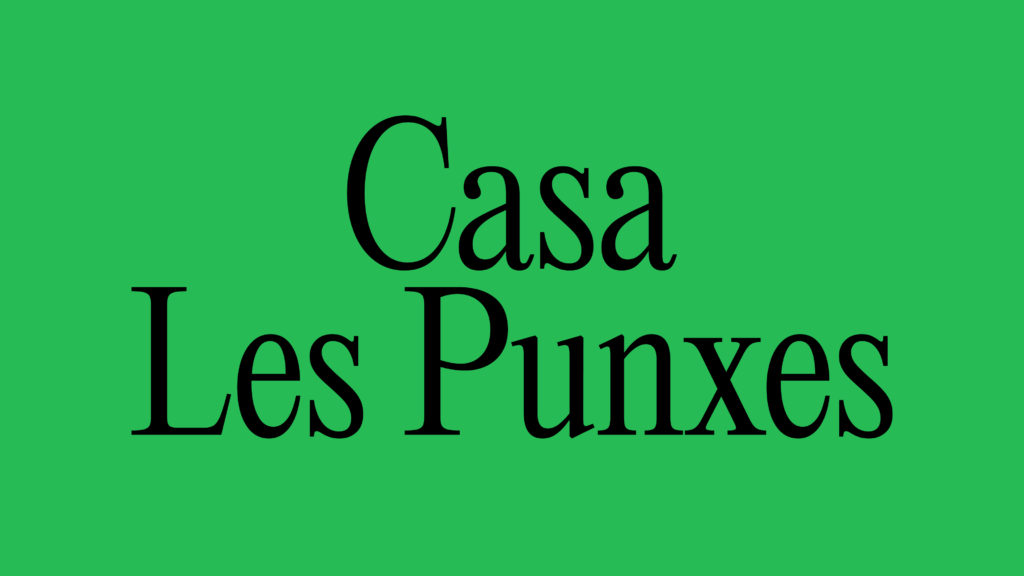Year: 2014
Tags: Art Direction and Design, Creative Production, Art Direction in Illustration, Concept, Creative direction in production, Editorial Direction, Lecture
Awards: Laus de plata
What makes things luxurious today?
What makes a publication a “luxurious” item? In an era characterised by an unprecedented accessibility to information in human history, where every content is available for everybody worldwide, luxury can mean the feeling of being the only recipient of a message, something unique both in time and space. In the framework of the series of lectures organised by the ADC*E, we have been chosen to join the conference and to give a lecture on the topic “Redesigning Luxury”. On an initiative by Arjowiggins Creative Papers — the world’s leading manufacturer of creative and technical paper— we were also asked to develop, edit and design a publication conveying the concept of “luxury” as it relates to knowledge and its dissemination through paper.
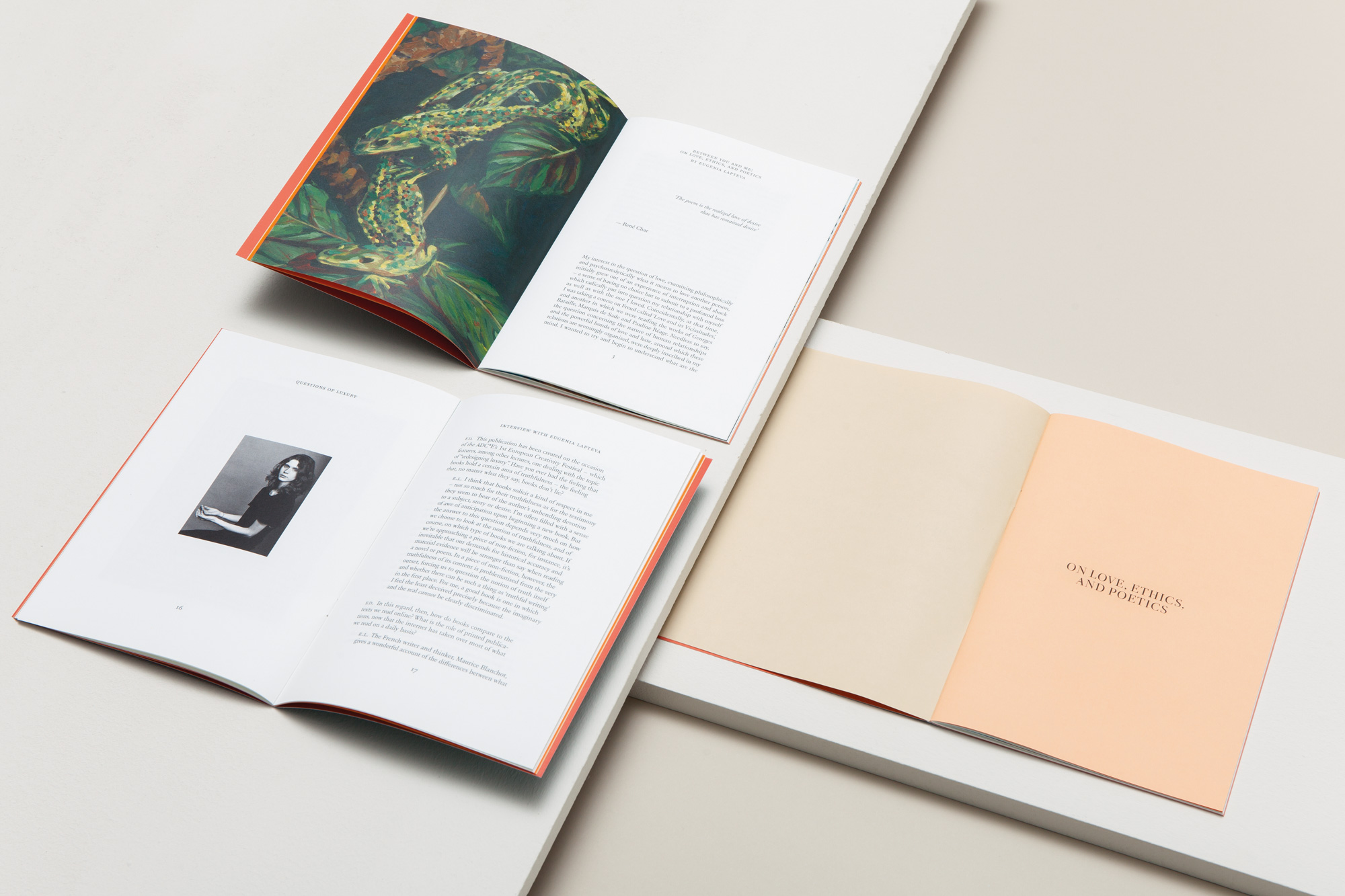
Designing luxury
We knew that the design of the publication needed to be valuable in its physicality and an object of desire. But precious materials and elegant finishings may not determine alone whether an object is luxurious or not. From that, we decided that the publication would be a limited edition item, distributed mainly to attendees of the ADC*E conference, limiting access to the content by not posting it online. The book is the only way to access it. The following — as well as being our editor’s note to the publication— is the core to our reflection on the meaning of luxury, a subject to which we have devoted special attention to.
“For a long time, the way we understand luxury has been closely entwined with historical notions of exoticism, wealth, excess, and ultimately unattainability. We have perceived it as that “greener grass at the other side of the fence” that creates a psychological distance between us and the other. In spite of this, the scarcity of natural resources and our increasingly virtualised lives inevitably drive us to a different reality: one where luxury is no longer a matter of wealth, but of attitude. One way of understanding luxury has a lot to do with uniqueness – not of the things we consume, but that residing in our selves. If, in the past, the focal point of attention lay on the way people stood out by way of their possessions, today the distinction can be made by the things that make us who we are: unique human beings in control of our time, with tastes, hobbies, relationships, and ultimately, with a growing independence of our consumerist habits. It is in this context that we see books as objects of desire, not by virtue of their material richness, but because of their ability to communicate directly with us. This is why today, the printed book – that which is read only by whoever wants to read it – is no longer a mere information device, but something entirely different: a catalyst of our own ever-growing identity.”
An elegant and insightful piece, extremely pleasant to touch and read
We wanted to produce a printed piece which was extremely pleasant to touch and read, without any major visual resources. Therefore, we designed the publication as a soft bound pamphlet, packaged inside an elegant and tactile envelope in which body text enjoys wide margins and is set in an appropriate size for delightful reading, completely free from other distractions. For the production of the booklet, circulated in a print run of 1000 copies, were used the following Arjowiggins Creative Papers: Curious Matter Goya White for the cover, Pop’Set for the courtesy pages and Sensation Matt Tactile for the text pages.
The piece was acclaimed and well-received by all the attendees at the ADC*E conference: the success of the whole operation relies on offering such a highly-informed essay in an appropriate context, presented in a flawless and essential form.
Between you and me: on love, ethics, and poetics
Intended as both a souvenir for the attendees and as an Arjowiggins paper sample, Between you and me: on love, ethics, and poetics is a small publication featuring a long read essay by Eugenia Lapteva, preceded by a brief introduction and accompanied by an interview with the author. It departs from the universal question of the nature of love – which is ultimately impossible to grasp. From there it moves on to discuss Emmanuel Levinas’ way of conceiving love as a non-reciprocal relationship where one gives up the desire of conciliation and sameness, to accept the other in its difference. Regarding the art direction, we partnered with the paintress Ángela Palacios and we selected together with the artist three illustrations to be used for the cover and the inside of the publication.
